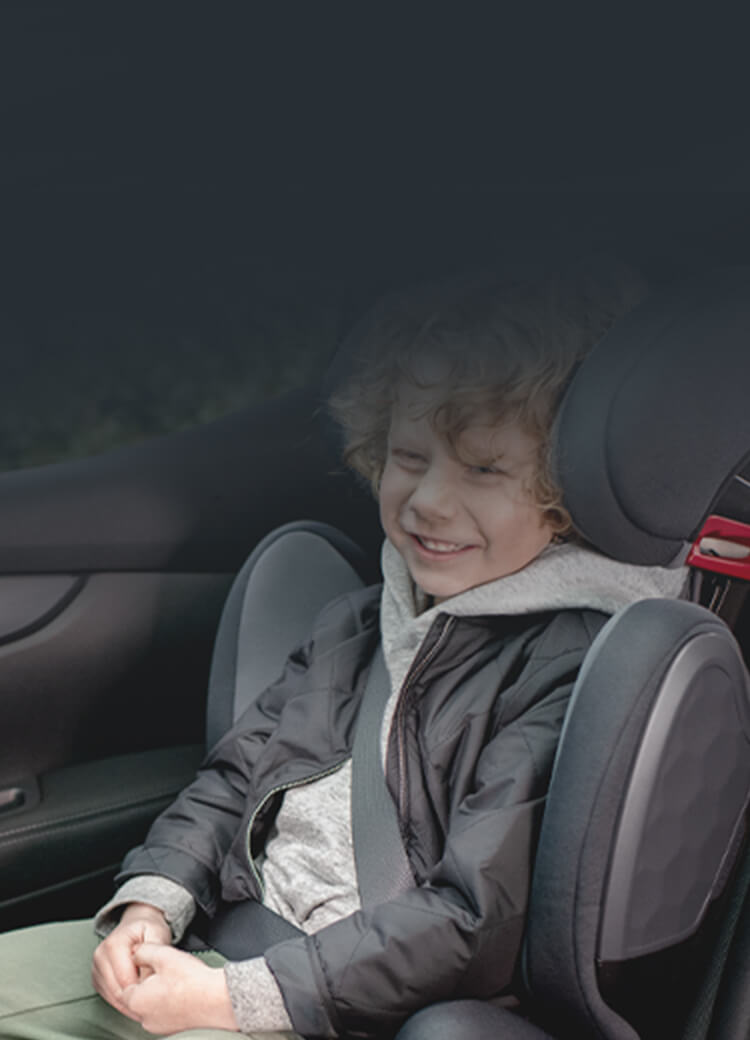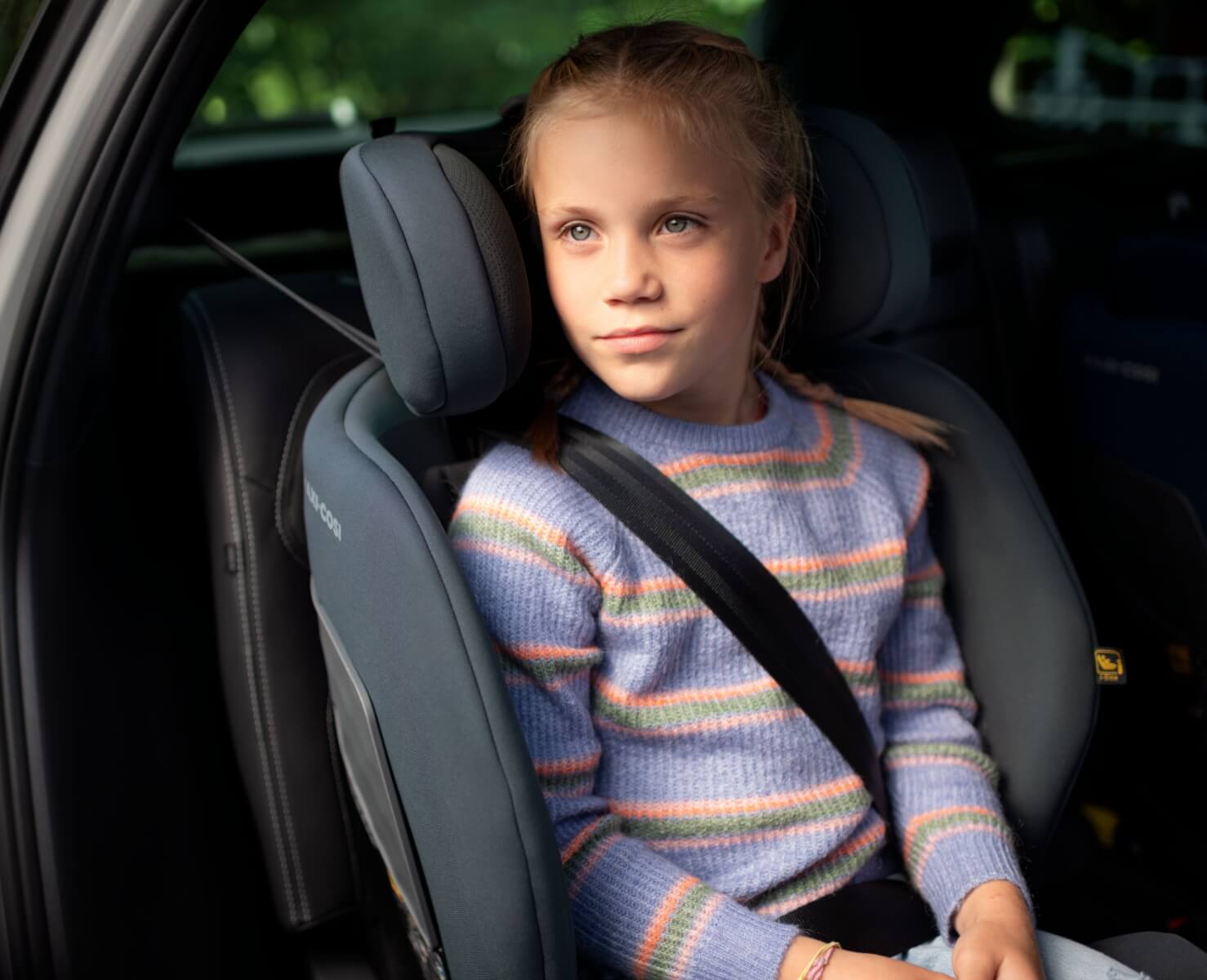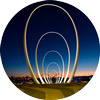
-
In stockSpecial6 months to 8 years approx
 Tuva LX Harnessed Booster Seat
Tuva LX Harnessed Booster SeatRoom to Grow - without compromise; Tuva LX harnessed booster seat
$469.00 $599.00 -
In stock6 months to 8 years approx
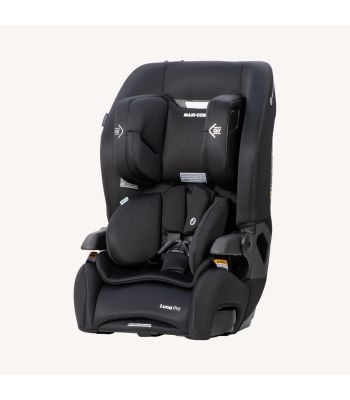 Luna Pro Harnessed Booster Seat
Luna Pro Harnessed Booster SeatThe amazing Luna Pro harnessed booster car seat is suitable for children from 6 months approx through to to 8 years.
$399.00 $549.00 -
In stock4 years to 8 years approx
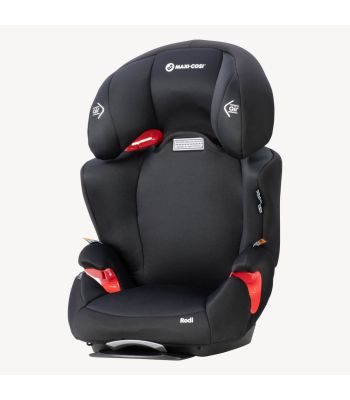 Rodi Booster Seat
Rodi Booster SeatWe love the Maxi-Cosi RODI AP booster seat, it’s suitable from approx 4 years to 8 years of age, packed with safety and comfort features. You will love it as much as we do!
$179.00 $259.00 -
In stockSpecial6 months to 8 years approx
 Buy 2 & Save - Luna Pro
Buy 2 & Save - Luna ProThe amazing Luna Pro harnessed booster car seat is suitable for children from 6 months approx through to to 8 years.
$659.00 Regular Price $1,098.00 -
In stockSpecial4 years to 8 years approx
 Buy 2 & Save - Rodi
Buy 2 & Save - RodiWe love the Maxi-Cosi RODI AP booster seat, it’s suitable from approx 4 years to 8 years of age, packed with safety and comfort features. You will love it as much as we do!
$319.00 Regular Price $518.00 -
In stockSpecial6 months to 8 years approx

-
In store6 months to 8 years approx
 Titan Pro Booster Seat
Titan Pro Booster SeatThe amazing Titan Pro is suitable for your child from 6 months approx to 8 years of age and is packed with innovative features you’ll love, designed to grow intuitively, making your life easier.
$449.00 -
In store6 months to 8 years approx
 Tuva Harnessed Booster Seat
Tuva Harnessed Booster SeatRoom to Grow - without compromise; Tuva harnessed booster seat
$499.00 $599.00

